
In that sense, a Bill Harrison portrait is like a classic novel. The subject matter is felt more than seen; hidden in plain sight between the smudges, lines and dots made by his Wolff carbon pencil. Viewers of a Harrison portrait don’t just see a hunting dog; they feel an adrenaline rush through the dog’s eyes as a grouse bursts from an aspen stand.
Harrison describes his depictions of hunting dogs and wildlife as “realistic, but not photo-realistic; expressive, but not self-expressive.
“My fascination with art has always been with the process of making something look like I want it to look, not with conveying any kind of message or self-expression,” he says. “I don’t have anything balled up inside of me looking for a way to express itself. I just like the technical challenge of art.”
Even the most realistic photographs can’t match the intensity of a great realistic drawing because photographs are limited to what the camera lens sees. With his pencil, Harrison transcends such limitations, bending reality to suit his purpose.
The Wolff carbon pencil preferred by Harrison combines the sharp lines of a graphite pencil with the rich, black lines of a charcoal pencil. When he draws the pencil across 300-pound hot press paper — heavily textured paper with a thickness between heavy cardboard and light poster board — tiny white spots appear where the pencil doesn’t reach fully into the paper’s tiny pocks and crevasses. Harrison painstakingly goes back and fills in some of those spots to achieve the desired texture and precise level of detail.
Bu hikaye The Upland Almanac dergisinin Winter 2020 sayısından alınmıştır.
Start your 7-day Magzter GOLD free trial to access thousands of curated premium stories, and 9,000+ magazines and newspapers.
Already a subscriber ? Giriş Yap
Bu hikaye The Upland Almanac dergisinin Winter 2020 sayısından alınmıştır.
Start your 7-day Magzter GOLD free trial to access thousands of curated premium stories, and 9,000+ magazines and newspapers.
Already a subscriber? Giriş Yap
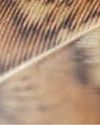
Tail feathers - STANDARDS AND PRACTICES
\"An armed society is a polite society,\" the NRA says in one of its dicta, cribbed from Robert A. Heinlein, a 20th-century American science fiction writer.
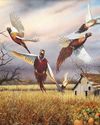
Day's End - IN PRAISE OF FENCEROWS
Driving north along the Hudson River, I gazed at a pastoral autumn scene: sere fields of faded yellow harvested corn, stubbly and broken amongst the clods of black earth, almost smooth from my vantage point. Spiky brown veins of wild growth marked barriers between plots. Occasionally, the gray bones of a mature oak rose among the brown shrubs to stand over the yellow fields. A sentry, keeping silent watch as white frost crystals slowly melted into invisibility.
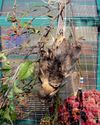
That Time of Year Again
Without doubt. The most idyllic form of hunting in Ohio is seeking the woodcock. - Merrill Gilfallan, Moods of the Ohio Moons: An Outdoorsman's Almanac (1991)
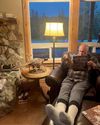
I Don't Wanna'!
I'm an old hand at being retired, though - have been practicing for 25 years.
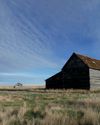
Hunting the Huns: Alberta's Big Sky Country
The prairies of southern Alberta are vast, beautiful and full of prime bird habitat. Crop fields are interspersed with abandoned farms, rolling hills are intersected by coulees and creek beds, and Hungarian partridge and sharptailed grouse occupy some of the best and most picturesque habitat on the continent.
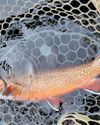
Side Dish - End of Season
Sporting trips are not only about sport, as many other experiences are discovered alongside. And my trip to Lakewood Camps in Maine was certainly just that.
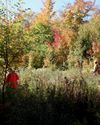
AN EXTENDED STAY
There is no reason to leave Michigan in the fall unless the opportunity of a cast and blast adventure at a historic sporting lodge in Maine comes calling.
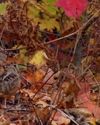
KEEP IT HANDY
If you think shooting a ruffed grouse on the wing with a shotgun is tough, try shooting one in flight with a still camera.
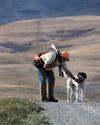
A Longtime Love Affair
It's possible to hunt your favorite birds in a lot of different places, I suppose, but I don't do that.
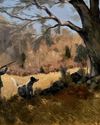
Profile of an Artist: Harley Bartlett
Harley Bartlett was born in 1959 near Pittsburg, Pennsylvania. However, having lived in Rhode Island for most of his life he considers himself a Rhode Islander.